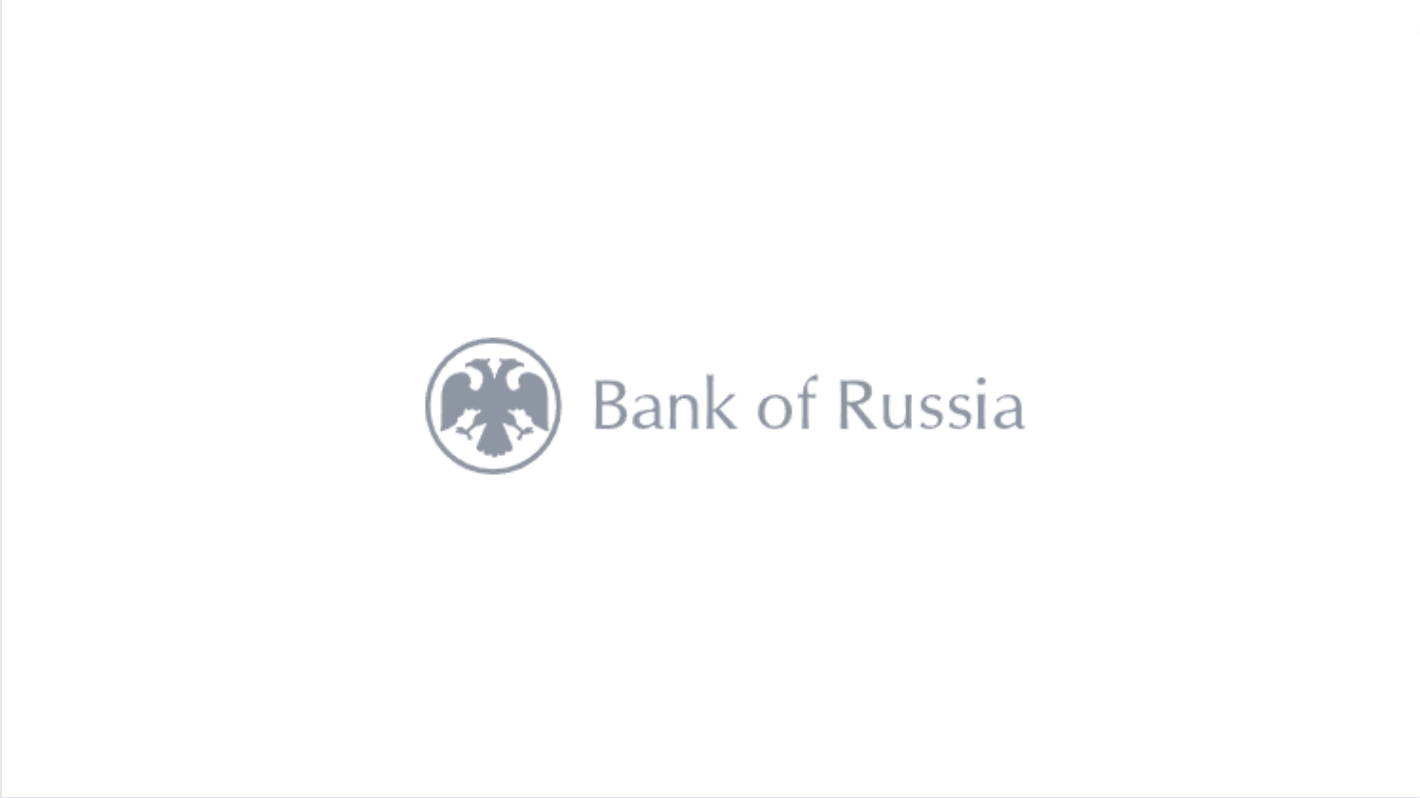EBA publishes its annual quantitative monitoring report
The European Banking Authority (EBA) published today its annual quantitative Report on minimum requirement for own funds and eligible liabilities (MREL) with data as of December 2021. The Report is complemented by an analysis looking into the impact of the MREL framework on a number of relevant dimensions. As of 31 December 2021, the EBA estimated that 70 banks reported an MREL shortfall of EUR 33bn out of a sample of 245. This is down by 42% compared to last years’ quantitative report on MREL on a comparable basis. The Report shows progress in closing MREL shortfalls, albeit at a lower rate for smaller banks, and concludes that the impact of MREL on banks’ profitability is manageable, although heterogeneous across types of banks and Member States.
Overview of the results
Resolution entities reduced or closed their MREL shortfalls by increasing the stock of eligible instruments rather than deleveraging. The amount of eligible instruments increased by 6% for the total sample in the period 2019Q4-2021Q4, while the total risk exposure amount (TREA) increased by 3% in the same period. The stock of eligible instruments stood at 31% of TREA on average as of 2021 Q4, up from a level of 30% as of 2019 Q4.
As of December 2021, own funds instruments represented the main source to comply with MREL, and senior non-preferred was the most important type of eligible debt. As of 2021Q4, senior non-preferred represented 5.5% of TREA (vs. 4.5% of senior preferred). Wholesale deposits remained limited except for banks below EUR10bn, for which they reach up to 5% of TREA.
Most resolution banks showed high levels of issuance over 2021. At aggregated level, banks facing difficulties to issue (i.e. those banks still reporting a shortfall as of December 2021, and that did not increase their MREL resources over 1H2022, remained limited in terms of total assets, reaching 4% of total EU assets) but they represented a significant share of total assets in some Member States. These banks seemed to suffer from intrinsic financial health issues, as evidenced by below investment grade credit rating, or by more external factors such as their sovereign rating or the apparent lack of market in their home jurisdiction.
With data as of December 2021, the impact of the MREL framework on banks’ profitability appeared manageable, although heterogeneous among types of bank and Member States. In particular, the cost of the existing amount of eligible debt, is estimated at 1.22% of NII (0.96% for G-SIIs, 1.44% for O-SIIs and 1.70% for other banks). The additional issuances needed to close the existing shortfall would represent a limited 0.125% of the net interest income (NII) for the sector overall and 2% of NII for the 23 banks within this subsample that are reporting a shortfall as of December 2021.
Tightening funding conditions are not expected to represent major difficulties in the management of MREL resources for any specific type of banks (e.g. business model, size). However, in relative terms, banks with poor structural profitability and weaker balance sheets may face more challenges than stronger institutions.























































First, please LoginComment After ~